
What Is Natural Rubber Latex?
Natural rubber latex is a milky fluid harvested from the rubber tree, scientifically known as Hevea brasiliensis. This versatile substance is primarily composed of polyisoprene,
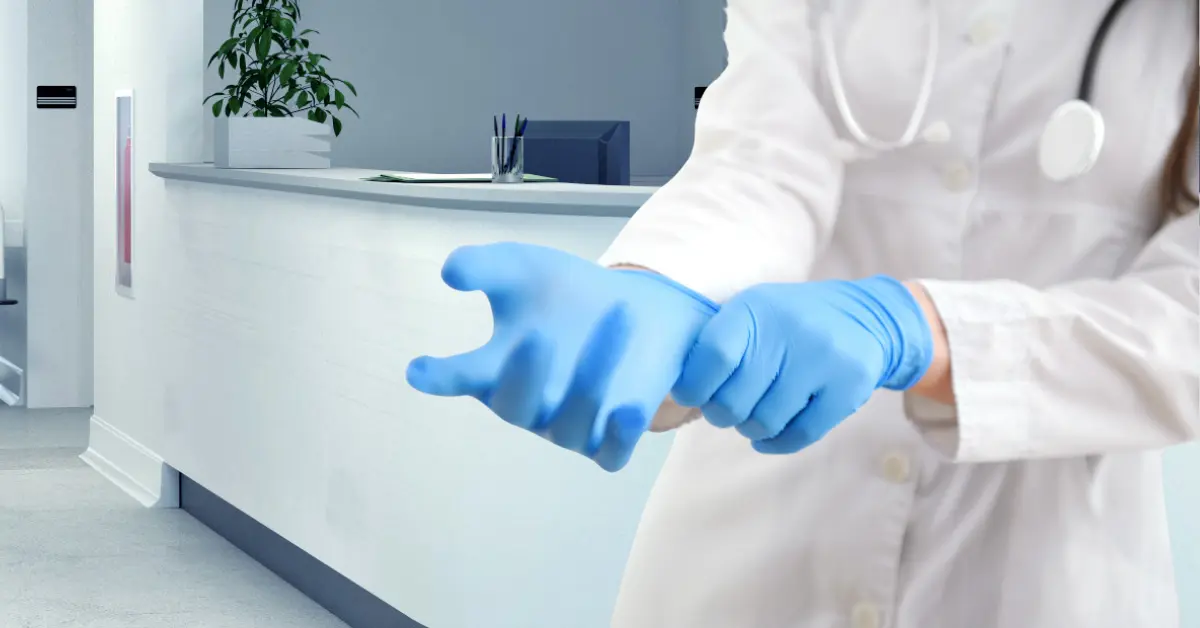
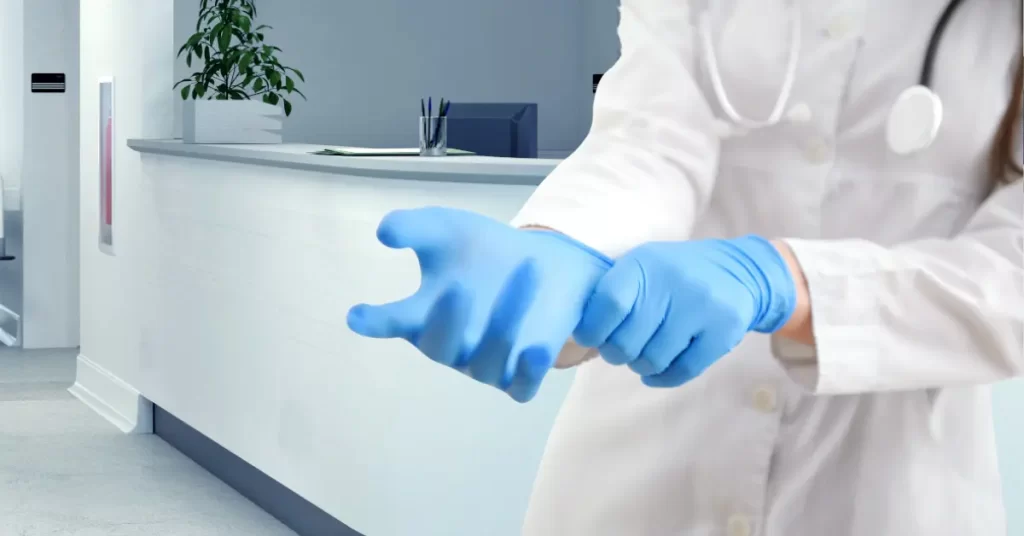
Gloves play an essential role in maintaining a safe and sterile environment in hospitals. From healthcare professionals to patients, gloves are an integral part of every medical setting. In this article, we will explore the various uses of gloves in hospitals. And also, how they contribute to the daily operations of a healthcare facility. We will also delve into the question of how many gloves a hospital uses in a day and why they are crucial in providing high-quality care to patients.
Gloves are used in hospitals for a variety of purposes, ranging from simple tasks to critical procedures. One of the primary functions of gloves is to protect healthcare professionals from exposure to potential hazards. In a hospital setting, healthcare workers are exposed to various infectious agents, chemicals, and bodily fluids on a daily basis. Gloves act as a barrier, preventing direct contact with these potentially harmful substances.
Moreover, gloves are also used during medical procedures, such as surgeries, to maintain a sterile environment. They stop microorganisms on the hands of healthcare workers from being transferred to the patient’s body, thereby reducing the risk of infection. In addition, gloves are also used in routine medical exams and patient care activities, such as administering medication or changing dressings. By utilizing gloves, healthcare professionals can reduce the risk of cross-contamination and ensure a hygienic environment.
The use of gloves is an essential aspect of infection control in hospitals. With the rise in antimicrobial resistance, preventing the spread of infections has become a top priority in healthcare settings. The Centers for Disease Control and Prevention (CDC) advises using gloves as a precautionary measure to safeguard both healthcare workers and patients from infection. Hospitals have strict protocols in place for the proper use of gloves. It includes disposal techniques, to ensure the highest level of infection control.
The number of gloves a hospital uses in a day may vary depending on the size of the facility and its patient population. For example, a small community hospital may use a few thousand gloves a day. On the other hand, large teaching hospital may use tens of thousands. However, the amount of gloves used is directly related to the number of patient interactions and the type of medical procedures being performed. Nonetheless, wearing gloves in hospitals is essential for preventing the spread of infections and ensuring a safe environment for everyone.
In conclusion, gloves are a vital component in maintaining a safe and sterile environment in hospitals. They serve numerous purposes, ranging from protecting healthcare workers to preventing cross-contamination. Hospitals use a significant number of gloves every day to ensure infection control and provide high-quality care to patients. As healthcare professionals, it is imperative to follow proper glove usage protocols and ensure their availability at all times. By appreciating the importance of gloves in the hospital setting, we can contribute to the overall safety and well-being of both healthcare workers and patients alike.

Natural rubber latex is a milky fluid harvested from the rubber tree, scientifically known as Hevea brasiliensis. This versatile substance is primarily composed of polyisoprene,
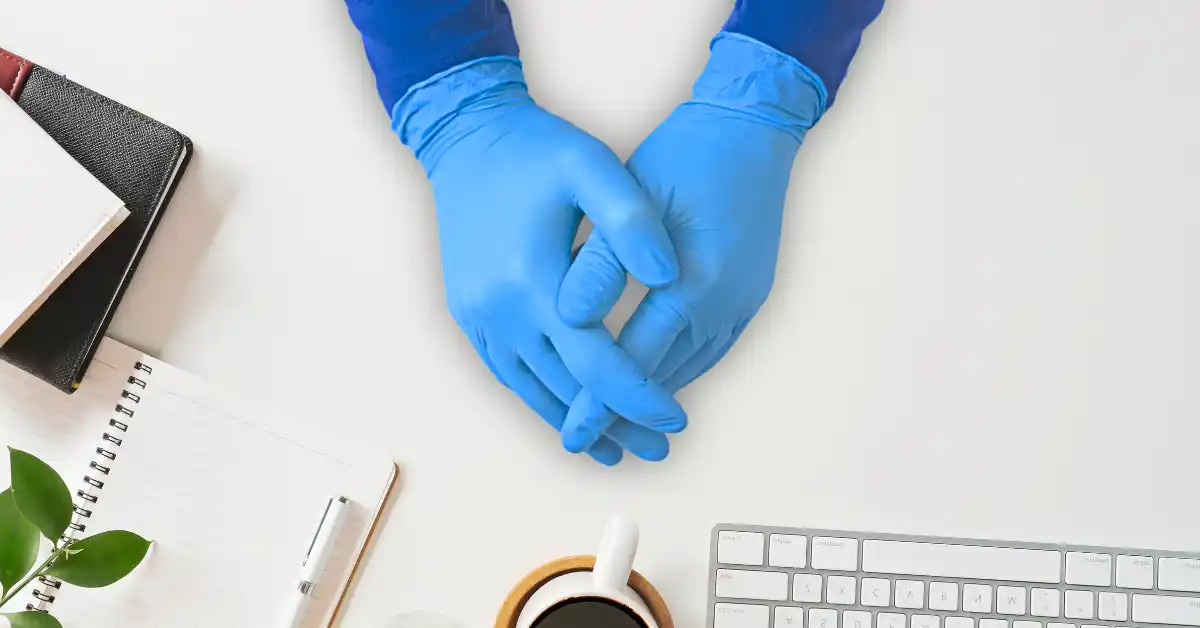
What is Nitrile Plastic? An Overview of Its Properties Nitrile plastic, often confused with nitrile rubber, is a synthetic copolymer made from acrylonitrile and butadiene.
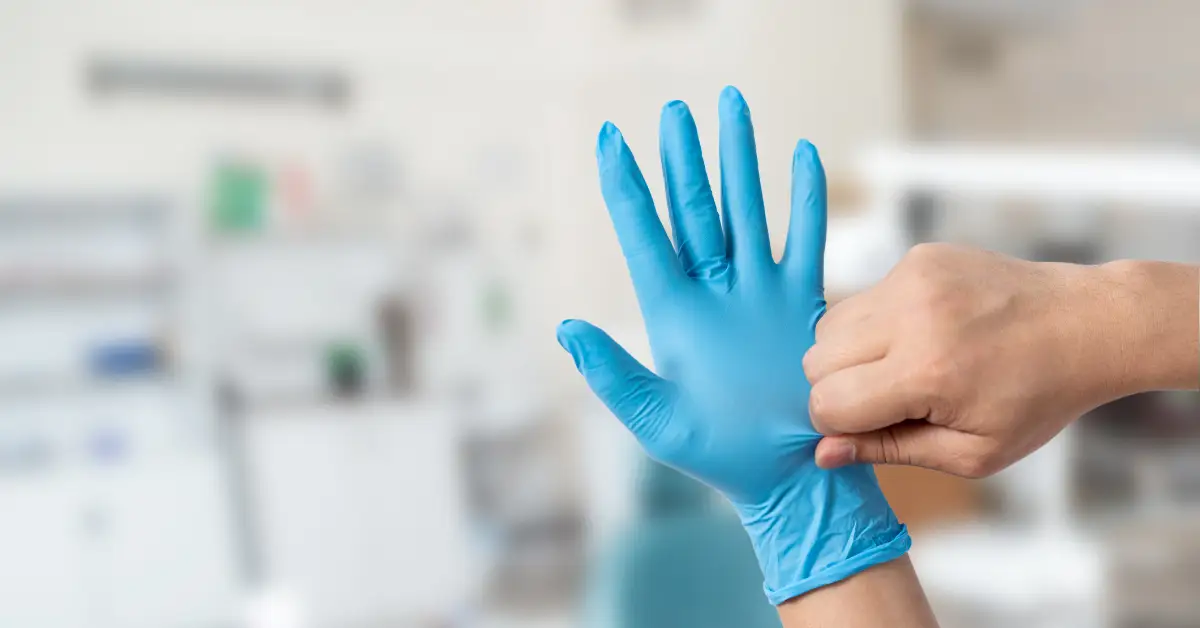
Understanding the Importance of Proper Glove Fit Understanding the importance of proper glove fit is essential for anyone who relies on gloves for protection, comfort,
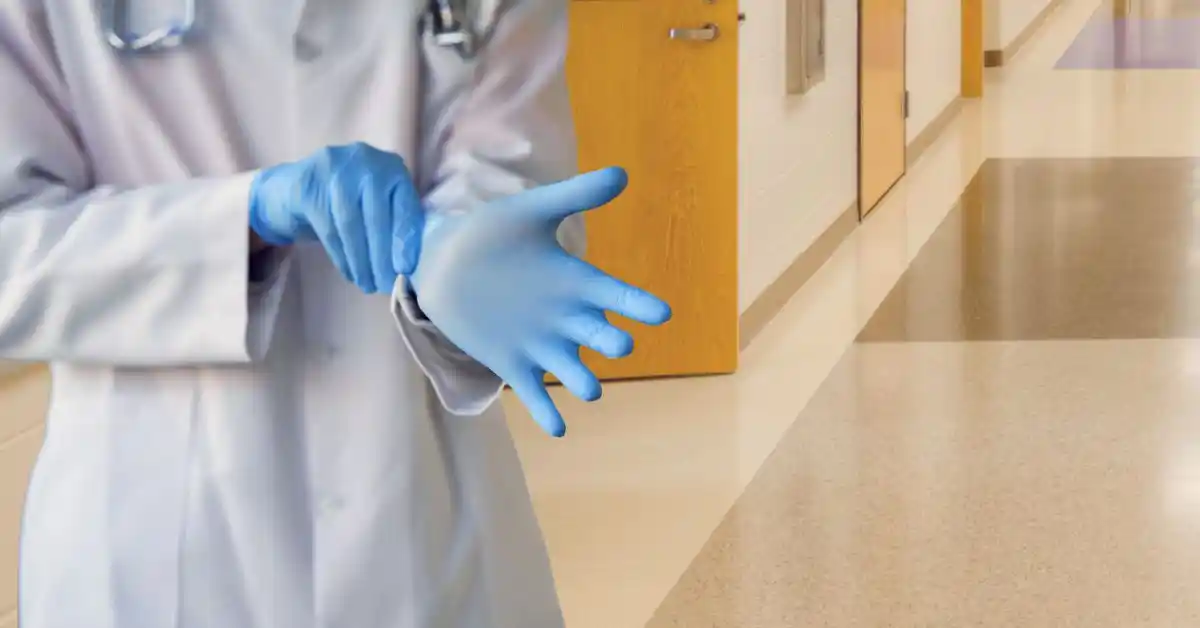
Introduction: Why Healthcare Gloves are Crucial in Medical Settings In medical settings, healthcare gloves play a pivotal role in ensuring the safety and well-being of

Common Applications of Nitrile Gloves in Various Laboratory Environments Nitrile gloves have become a staple in laboratory environments due to their durability, chemical resistance, and
Driven by a passion for excellence, our mission is to consistently deliver the highest quality products at the most affordable prices. We aim to exceed customer expectations, creating value and trust.
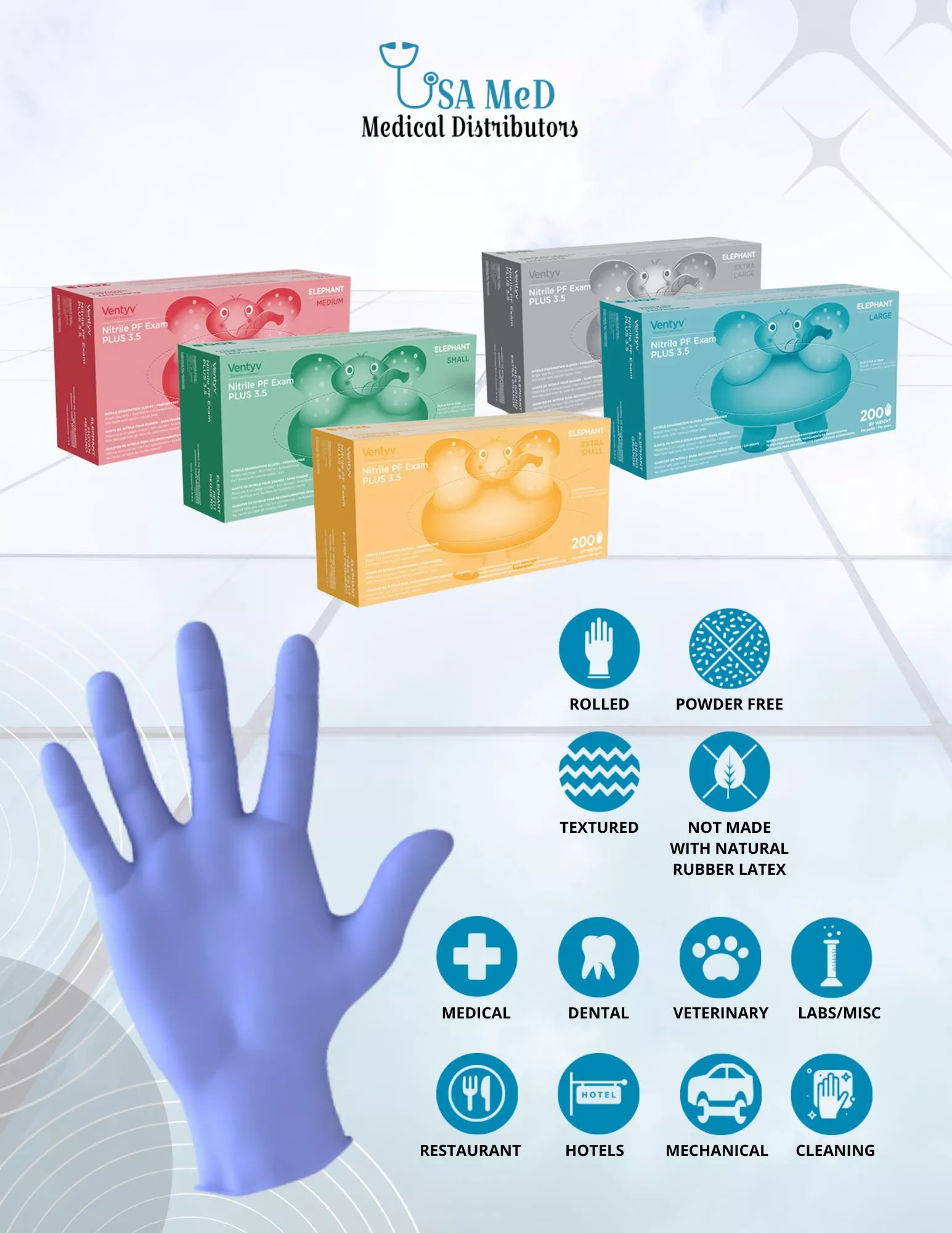
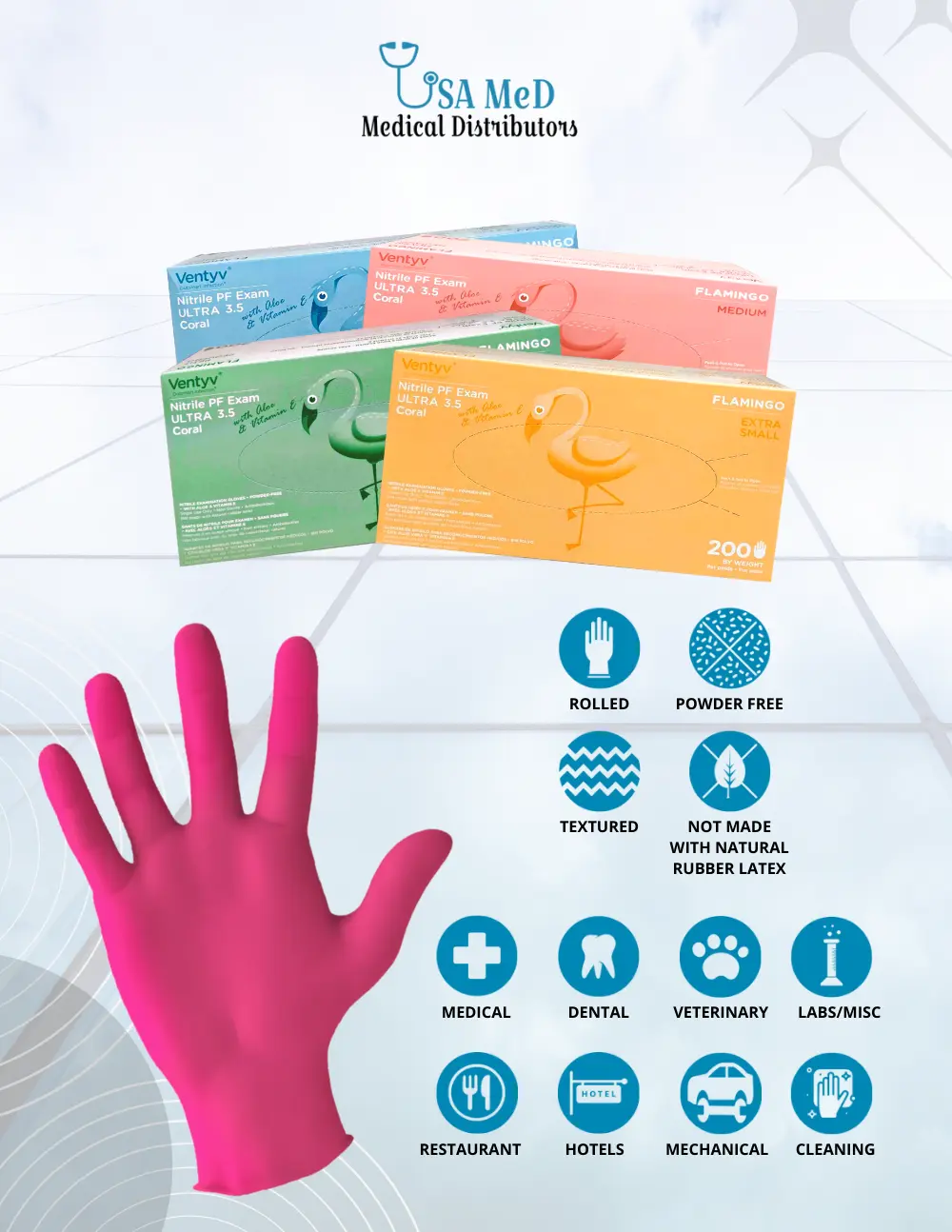
Phone Number: (239) 266 -1290
Email Addresses:
sales@usamedicaldistributors.com
customercare@usamedicaldistributors.com
Mailing Address :
501 Goodlette, Frank Rd N A105, Naples, FL 34102
Copyright 2022 – 2024. USAMED Medical Distributors. All rights reserved.
Privacy Policy | Return and Refund Policy
| Website by M. Escober